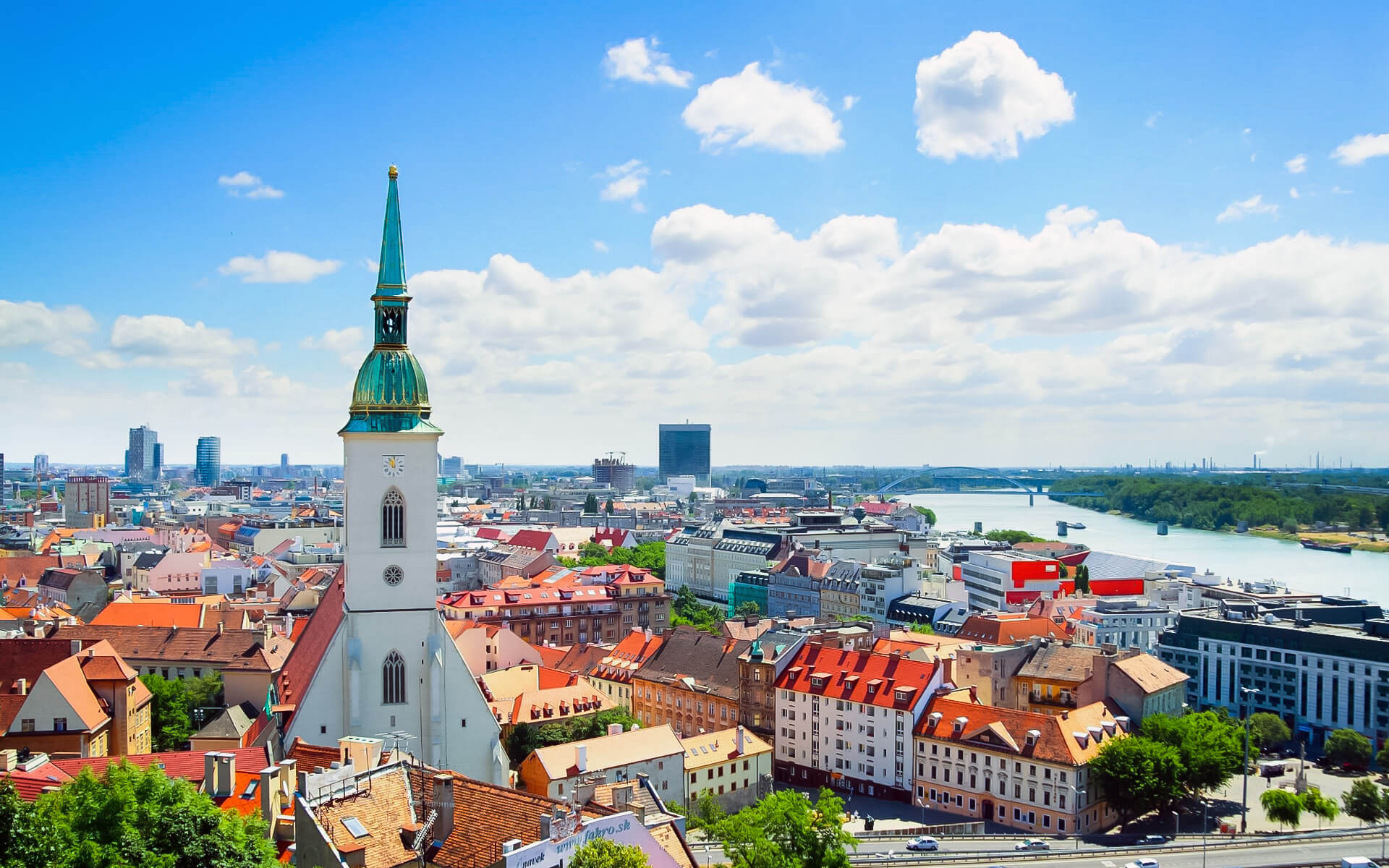Bratislava is the capital of Slovakia and the country’s biggest city, with a population of over 500,000 people. More than 650,000 people live in the broader metropolitan region. Bratislava is located in southern Slovakia, on both sides of the Danube River and the left bank of the Morava River. It is the only national capital that borders two separate nations, Austria and Hungary.
Bratislava is Slovakia’s political, cultural, and economic center. It is the home of the President of Slovakia, the Parliament, and the Slovak Executive. It is home to a number of universities, museums, theaters, galleries, and other significant cultural and educational organizations. Many of Slovakia’s major corporations and financial organizations have their headquarters there as well.
The city’s history has been heavily affected by people of many ethnicities and faiths, namely Austrians, Croats, Czechs, Germans, Hungarians, Jews, Serbs, and Slovaks.


